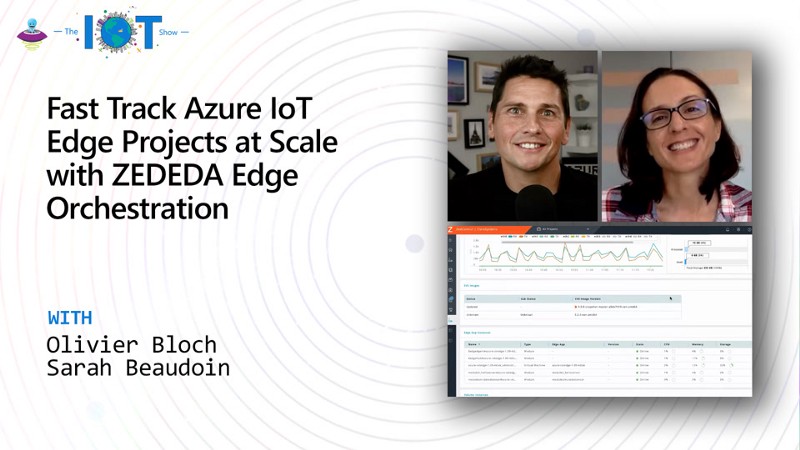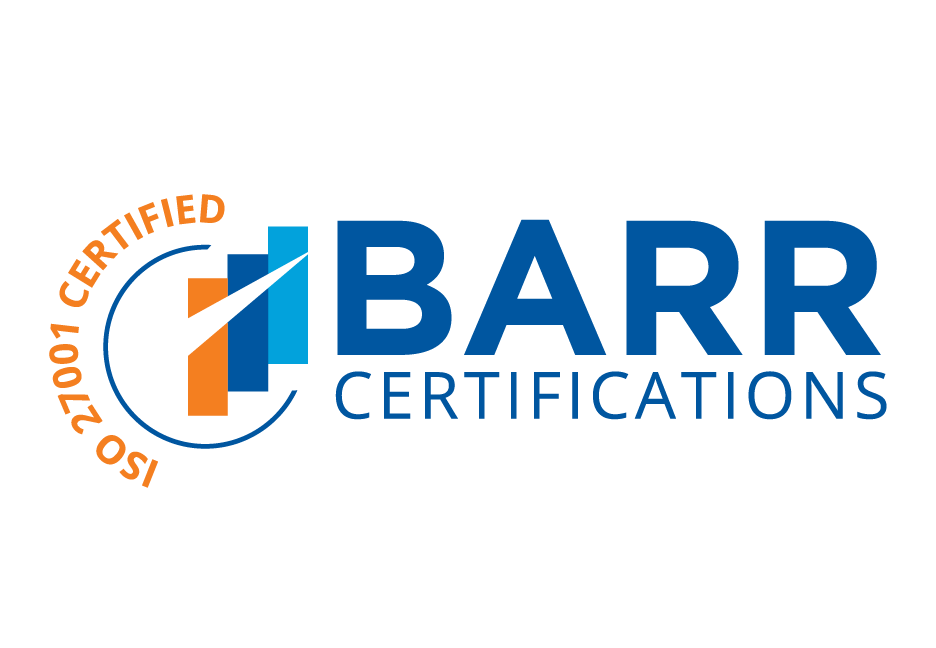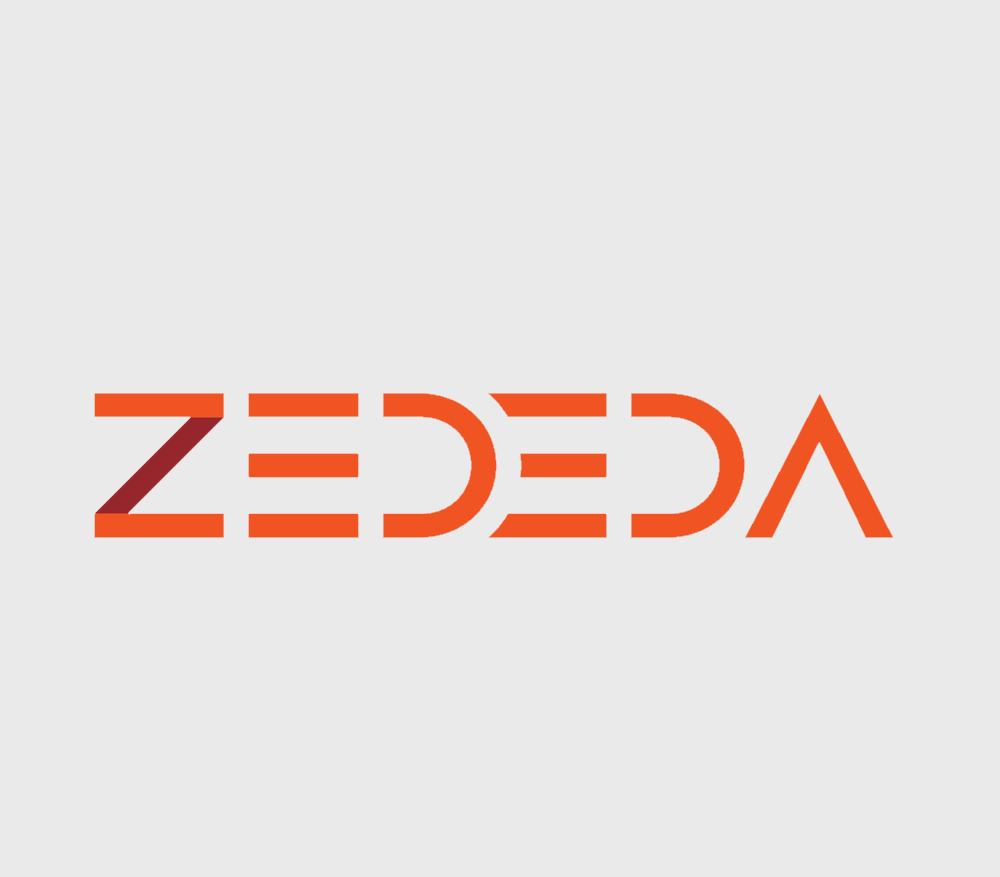
Today a majority of organizations select Microsoft Azure IoT as their platform of choice to develop applications that extract value from sensor data. This requires that they have tools to be able to efficiently collect, understand, and move relevant data to the Azure IoT platform from a diverse collection of distributed hardware at the edge.
Yet 74% of IoT deployments slow down or stall completely as customers grapple with the complexity of provisioning and managing this edge hardware at scale. Questions such as, “How do I deploy the Azure IoT Edge runtime on all of my devices out in the field?” “How do I update that runtime and the underlying OS?” “How do I manage the hardware itself?” and “How do I support additional applications, including my legacy investments?” can derail projects and force customers into costly, time consuming, do-it-yourself orchestration solutions.
The issue comes from the complexity of solving for the last mile of these deployments. Before the Azure IoT Edge can be deployed, admins must first set up the necessary systems. To date, this has required a multi-step installation process for the Azure IoT Edge runtime , in addition to manual remote management for future patches and upgrades. This is a challenge with one device, a potential show-stopper when dealing with hundreds if not thousands.
Orchestration of IoT edge solutions is complex due to the diverse mix of hardware capabilities, the distributed nature of deployments, the need to accommodate legacy investments and the unique security needs when located outside of a traditional data center. Given the typical scale of IoT projects, it’s not feasible to manually provision and manage hardware given all of these considerations.
Organizations need robust remote orchestration tools that are optimized for scaling their IoT edge deployments, including simplified bulk provisioning of heterogeneous hardware, full lifecycle management of both hardware and software, support for both new and existing applications and the ability to securely route data to both Azure IoT and on-prem systems. A zero touch security model is required and this includes hardware-based root of trust, no local device password, the ability to lock down IO ports, and distributed firewall capability.
ZEDEDA’s integration with Azure IoT provides users with the required capabilities for their edge deployments so they can harness the power of Azure IoT at scale. With ZEDEDA and Microsoft together, customers have a single, remote solution that works across all of their discrete locations, hardware types, and applications, while meeting their stringent security requirements. They are able to quickly and efficiently deploy their edge devices and automatically connect those devices to their Azure IoT Hub, making it straightforward to scale IoT projects, collect and analyze their sensor data, and optimize their operations.
The ZEDEDA solution is available today in the Azure marketplace and can be purchased with Azure credits, simplifying the process even further. To learn more about how ZEDEDA makes it possible to deploy and manage Azure IoT services across thousands of edge nodes, check out this episode of the Microsoft IoT Show:




